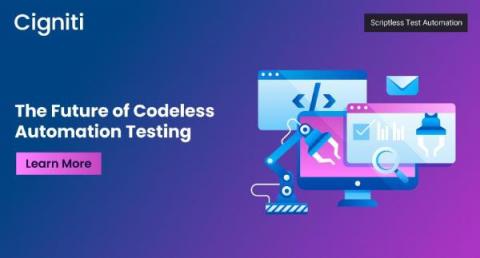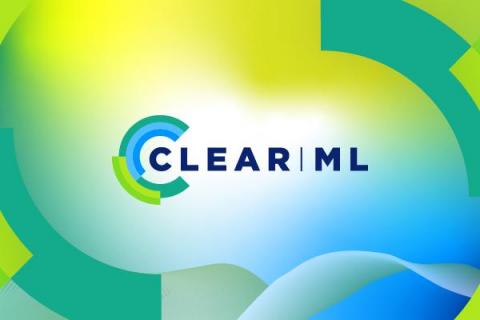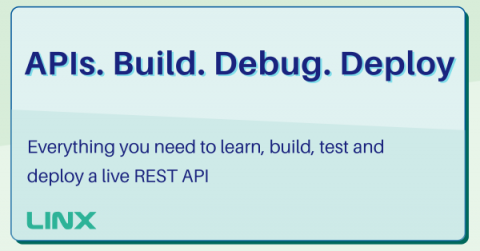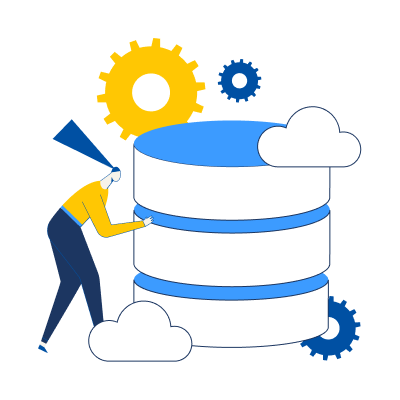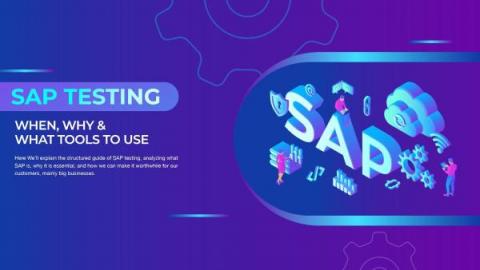The Future of Codeless Automation Testing
Codeless automation testing is performing automation tests without having to write any code. It can be instrumental in executing continuous testing as most automation scripts fail due to the deficiency of proper coding standards. It will also enable us to concentrate more on test creation and analysis instead of fearing getting the code to work, possessing it, and scaling it when required. So, if we are relatively codeless in automation testing, we will find this blog helpful.


